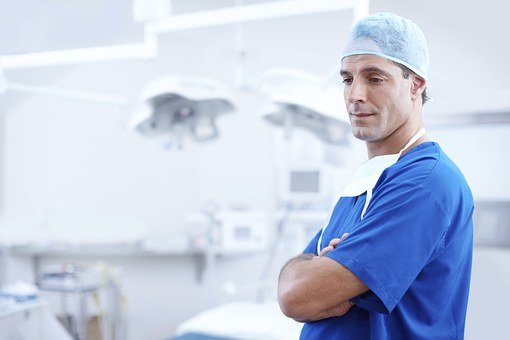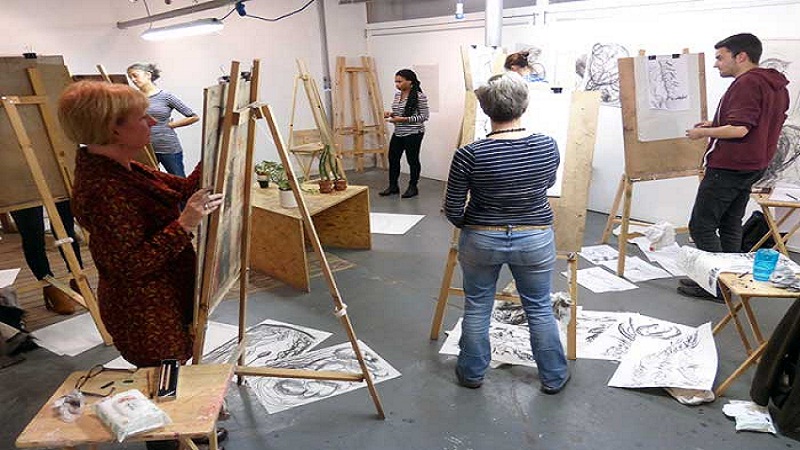Being a med student is unquestionably difficult. Regardless of your interest in medicine, student life is stressful and overwhelming at times due to the hard work and excessive hours spent studying and attending hospital training rounds.
And, despite the numerous benefits of being a doctor or any other healthcare professional, you must recognize that achieving any career in medicine is a difficult task.
Given this, med students must learn to keep their cool. And do whatever they can to practice perseverance – which can only be possible through adopting a few healthy living habits. Unfortunately, many aspiring medical students ignore their diet.
They do not take the necessary steps to improve their overall health – a giant flag on the play. Yes, it can be challenging to maintain healthy eating habits while in medical school. But living a healthy lifestyle can help you become a better student and doctor.
Here Are 7 Health Tips For Medical Students:
1. Study smart
Encourage a nurturing environment. You are, after all, studying to become a healthcare professional, so put focus on cultivating a collaborative and supportive environment now.
You can start by being active in your studies – whether you take notes, draw diagrams, teach a classmate, or make flashcards. If you enjoy studying with others, find a group of friends you can trust and rely upon.
Also, try to foster a growth mindset to become a life-long learner. Continuing your education can give you a leg up in your career – regardless of your specialty, but you might not find enough time to attend in-person classes.
So if you aspire to become a successful nurse, enrolling in an RN-BSN program online will help you manage and study smart.
2. Sleep is essential
Although medical school has erratic schedules, you should try to go to bed and wake up at the same time every day. Sleeping is just as essential as studying – you can’t function properly if you don’t get enough of it.
The average adult requires between 7 to 9 hours of sleep per night to function optimally. Although this is easier said than done, there are a variety of apps available and some sleeping methods that can assist you in catching up on much-needed rest.
Related Resource: Top 7 Reasons the Medical Field Will Always Be In Demand
3. Eat a well-balanced diet
The food you eat affects your nutrient intake, energy level, and even your overall mood for the day. So even if you have a busy schedule that makes fast food seem like a good option, eating extremely unhealthy can adversely affect your ability to function.
Even though healthy food can be more difficult for those with a hectic work schedule, meal prep guides aim to reduce the time to eat healthily massively. So get on with your research and create healthy and balanced weekly meal plans!
4. Spend some time exercising
You are probably under the impression that your schedule will not allow you to exercise; however, improving your organizational skills may provide enough time.
For example, you could spend 30 minutes on a relaxing yoga or morning jog. In addition, you are probably aware of the extraordinary benefits of a few minutes of exercise, as you are likely reassuring your patients or fellows to schedule time in their schedules for physical activity.
5. Hydrate
Medical students, residents, and interns spend a lot of time lecturing their patients about staying hydrated. For them, it is easy to go for hours to the institute during a long and busy day without feeling like you have time to get a drink. However, this is one of the simplest ways to stay healthy.
So please bring a water bottle with you and swig from it between patients and lectures. Know where all of the water fountains are–and use them! Also, make sure you drink during all of your breaks and work hours.
If you want to keep track of how much you’re drinking, there are plenty of bottles with ounce markings to ensure you’re getting enough. Drink up!
6. Manage your stress
Because working and studying conditions are undeniably demanding, medical students are well-known for leading haphazardly busy lives.
As a result, you should have a few stress management in place to help you deal with the mental demands of your job. Meditation, breathing techniques, and even religious prayers can all relieve stress. Whatever methods you find realistic and appealing, have stress management tactics as a go-to when feeling anxious.
However, you may be disheartened by your insanely chaotic work schedule when putting your newly learned stress management technologies and methodologies into practice.
Even if you believe that your busy days will leave you with no time to work on stress reduction, you will be able to find a few minutes by examining your schedule. Even five minutes of relaxation can significantly affect anxiety and stress.
7. Find a schedule-friendly hobby
Even if you believe that your professional career leaves no room for a hobby or curiosity, the satisfying benefits of a hobby may amaze you. Moreover, you don’t have to devote too much time to your chosen hobby because some are less time-consuming than others.
Consider reuniting with your inner artist, or perhaps growing vegetables would benefit you. Finding a suitable hobby is not difficult either; consider simply reading through lists of popular hobbies.
On the other hand, you most likely already have an interest or hobby in mind that you’ve been putting off to concentrate on your career. So dig that hobby up and make time for YOU!
Conclusion
These were some of the best and easy-to-follow health tips that med students can easily incorporate into their schedules. Of course, we understand that staying healthy and active during medical school is not a piece of cake, and it is tempting to take the easy way out.
But in the long run, this strategy does not pay off. Thus, it is better to practice healthy habits (from day one) so that you’ll never fumble. So pay heed to the above-said health tips and become the person you wish to be (a successful and affirmative healthcare professional).
Read Also:
























